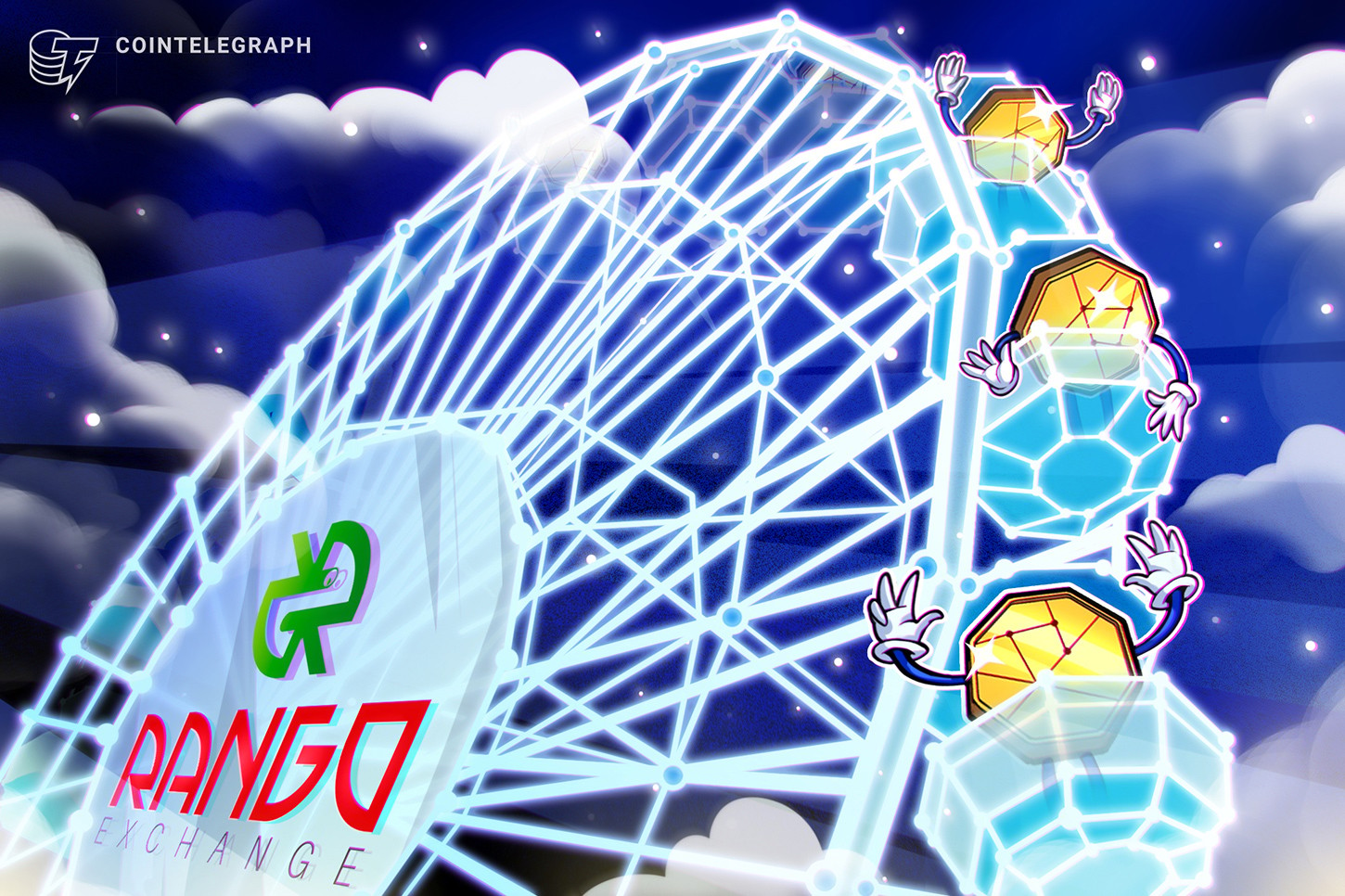Sponsored Content
Part of what makes trading cryptocurrency so complex is the sheer number of blockchains and exchanges at play. For example, users who want to transfer a Binance (BNB) token that exists on Binance Smart Chain (BEP-20) may have to go through several steps to achieve their end result of LUNA tokens on the Terra network.
Especially when considering new users, this process may require significant time searching and comparing decentralized finance (DeFi) tools. Even advanced users must consider how they will track wrapped tokens blockchain fees and learn the ropes of multiple UIs. In fact, a quick look on Twitter will often reveal just how many questions the community has about bridging solutions across exchanges.
Arising to solve this need is the creation of cross-chain decentralized exchange (DEX) aggregators, each of which looks to intelligent algorithms to fulfill trade orders across blockchain ecosystems. The result is that aggregators can execute orders instantly and at the best price, better utilizing the abilities of DeFi.
Rango Exchange aims to improve this process as a cross-chain DEX aggregator with competitive features. The exchange effectively becomes a super aggregator combining DEXs including Uniswap (UNI), SushiSwap (SUSHI) and Bancor (BNT), with DEX aggregators like Paraswap (PSP), Matcha and 1inch (1INCH), with cross-chain DEXs like Thorchain (RUNE), rounding out their offerings with centralized and decentralized bridges such as Terra Bridge and Cosmos IBC.
In addition to the breadth of connections, Rango Exchange boasts an air of “superness” through a few additional features. One of the most notable is the simplified user interface, which has been described by the platform as “magic.” The simplified interface enables users to manage complex routes from any coin on any blockchain in one cohesive interface, all while being non-custodial.
In addition to the simple experience, Rango Exchange is designed to find the fastest, most secure and cheapest route for a user to get from point A to point B by leveraging more than 27 blockchains, over 20 bridges and DEXs and six cryptocurrency wallets. In the near future, Rango is launching Solana (SOL), Polkadot (DOT) and over 20 blockchains, alongside more than 30 services, which will be made available in 2022.
Founded on an intelligent routing system
The platform holds an advantage due to the project’s foundation, which includes its intelligent routing system and Rango API. The project’s high-level API is designed to fetch assets and manage the routing and creation of transactions.
Therefore, in practice, the API has three main components: the routing API for finding the best route, the transaction API to check preconditions and balances, and lastly, the tracking API to follow blockchains and relevant contracts for the computation of stats and affiliate rewards. The API is currently made free for the public, with the intention to be used for DApps and wallets that intend to provide cross-chain swap functionality to their end-users.
At the core of Rango Exchange is its utility token, RANGO. RANGO is used in both the governance of the project through the creation of polls and voting, in addition to an incentive for growth. In practice, tokens are rewarded to early project adopters, while a portion of trading views are used to buy back and burn tokens, increasing value for users.
Rango Exchange operates with a community-first approach, with 44% of the total token amount to be allocated to these community developments and growth incentives.
Success starts with great partnerships
The team has reported over $1.2 billion in transactions over the last six months, which may be attributed to the partnerships the team is leveraging with projects with Harmony (ONE), Multichain (MULTI) and Celer (CELR). As a result, now over 16,000 users make up the team’s online community on Twitter.
Although efforts from the last year have proven to be the beginnings of a strong foundation, the next 12 months hold many more advancements. Among these, the team plans to launch their initial decentralized exchange offering (IDO) in the first quarter of 2022, on route to becoming the largest multi-chain hub in the world through future project integrations. Users can also expect the launch of a fee service later in the year. As for Rango’s API, the team plans to see 15 to 20 top products leveraging it by the end of the year.
Disclaimer. Cointelegraph does not endorse any content or product on this page. While we aim at providing you with all important information that we could obtain, readers should do their own research before taking any actions related to the company and carry full responsibility for their decisions, nor can this article be considered as investment advice.
Disclaimer.This content is part of a paid partnership. The text below is a sponsored article that is not part of Cointelegraph.com editorial content. The material is written by our advertorial team and has undergone editorial review to ensure clarity and relevance, it may not reflect the views and opinions of Cointelegraph.com. Readers are encouraged to conduct their own research before taking any actions related to the company. Disclosure.


